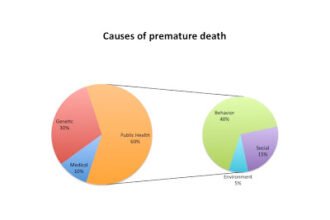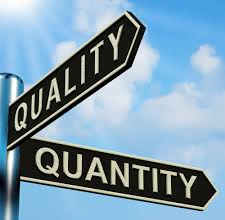Having recently attended a meeting for the American College of Healthcare Executives, I had the chance to query a hospital CEO, who coincidentally happened to be a Toyota engineer in a former life, about healthcare Kaizen. After mentioning that his team was currently engaged in a lean project, he, much to my surprise, confessed that he was not very familiar with the concept either. Given my interest in continuous qualit
Having recently attended a meeting for the American College of Healthcare Executives, I had the chance to query a hospital CEO, who coincidentally happened to be a Toyota engineer in a former life, about healthcare Kaizen. After mentioning that his team was currently engaged in a lean project, he, much to my surprise, confessed that he was not very familiar with the concept either. Given my interest in continuous quality improvement, I decided to investigate further.
Kaizen is an ancient Japanese philosophy that strives to continually improve all aspects of a person’s life. Recognizing the need for significant change in the late eighties, Dr. Don Berwick, former Administrator for the Centers for Medicare & Medicaid Services (CMS) and Harvard Community Health Plan physician, illuminated the concept of Kaizen in an article in the New England Journal of Medicine. As a potentially crucial concept for improving health care in the United States, Dr. Berwick writes that, “..in the discovery of imperfection lies the chance for processes to improve”.
With a variety of approaches available for organizational improvement, one may wonder, why choose Kaisen? While Six Sigma is a mathematical process focused on eliminating statistically relevant defects, Kaizen seeks to improve all aspects of a business through process standardization, increased efficiency and waste elimination by focusing on seven core areas – overproduction, defects, unnecessary motion, inventory, space, transportation and waiting time. Incremental and frequent improvements emanate from ‘Kaizen events’, which involve members from multiple functions and levels in the organization working together to address a problem or improve a particular process in a short time-frame. By tackling process redesign, positive and immediate impacts can be found in the quality, cost and speed of service with corresponding results in improved customer satisfaction and patient experience. And if you are still on the fence about the merits for your organization – be it inpatient or outpatient – you must see how the leaders at Salem Health felt about their journey to Japan to witness the Kaizen process first-hand.
Suspended in free fall – with another dismal jobs report sending the Dow careening, healthcare spending slowing, more Americans grappling with healthcare coverage/choices and the onset of value-based purchasing, the time seems ripe for the healthcare industry to usher Kaizen into their organizations. With experts predicting that 10% of the workforce should be solely focused on working ON the business rather than IN the business, identifying the typical 30-60% of organizational effort that is waste, how will your organization bring this concept to reality for your own lean healthcare transformation?







